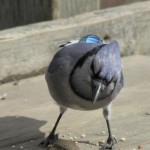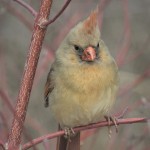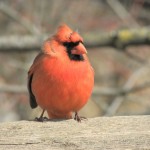20 March, 2013. Hendrie Valley RBG, Burlington ON. I’d really like to be able to draw birds in the field, I’d like to produce realistic sketches from live birds as they present themselves. It would make for such a cool and professional looking field notebook, just like in the introduction pages of some field guides. It’s a dream I fear, but it helps that I am already able to draw reasonably well, although almost everything I’ve drawn in my life so far was either obligingly stationary or posed. I’m embarking on a disciplined approach to learning; we’ll see. If it goes well I’ll share it.
Today, in search of some obliging life models, I visited a boardwalk in a valley where people regularly come to feed the birds. The birds are so conditioned to handouts that they approach closely, wait patiently, stay to eat and generally cooperate. However, it was eye-wateringly cold and I was so taken by many of the birds that I took more photos than made sketches. Better days lie ahead.
Sightings in scribbled notes alongside the sketches, include those classic family entertainment birds: Blue Jays, Northern Cardinals, and Black-capped Chickadees; no wonder this place is so popular. There was a pair of Trumpeter Swans, many Mallards, and Canada Geese in the ice-rimmed river. A couple of American Tree Sparrrows, a Red-bellied Woodpecker and several male Red-winged Blackbirds had also figured out the easy meal too and hung around.
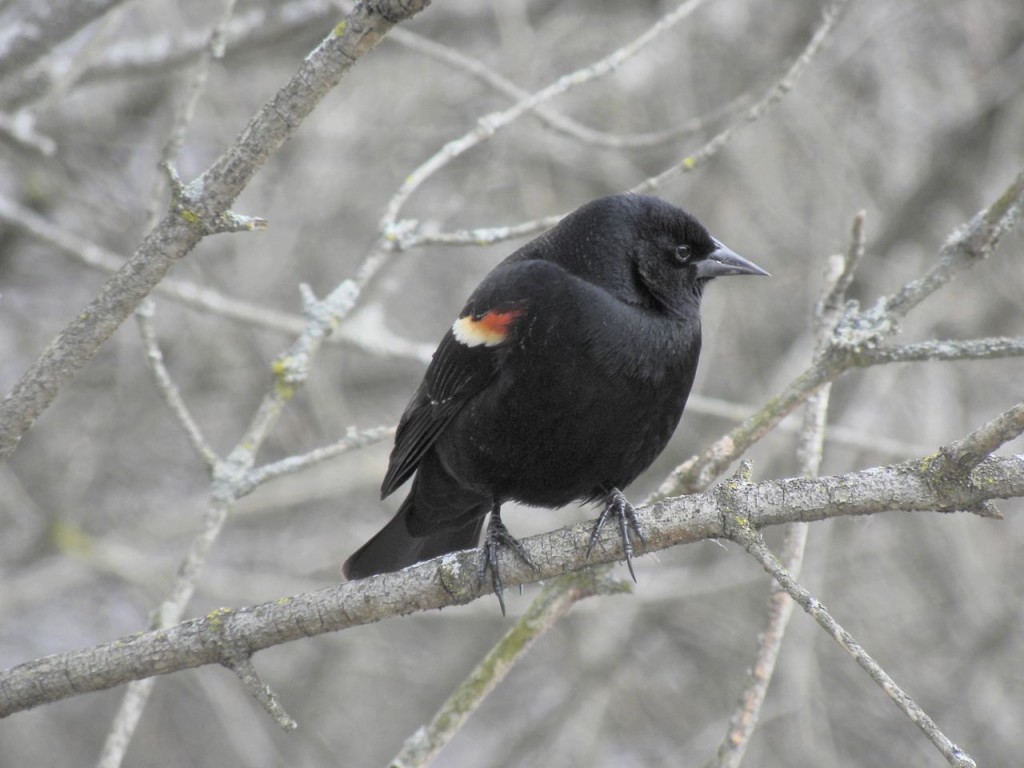
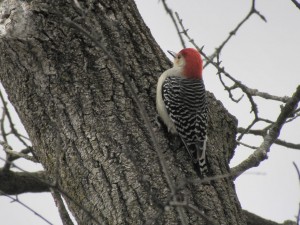
As I left I noted a male Northern Harrier circling over the valley causing several Blue Jays and Canada Geese to raise alarm calls. It passed directly overhead and quite low so I was able to clearly make out the overall blue-grey body and wings with ‘dipped in ink’ black tips. Bird of the Day!
A few Northern Harriers stay around southern Ontario all winter, usually in places where they can hunt over large expanses of fallow or scrubland with a rodent population. This site was not that sort of place and I suspect that today’s harrier was a spring migrant; coincidentally a nearby hawk migration station reported its first Northern Harrier of the year today. Maybe a coincidence.
